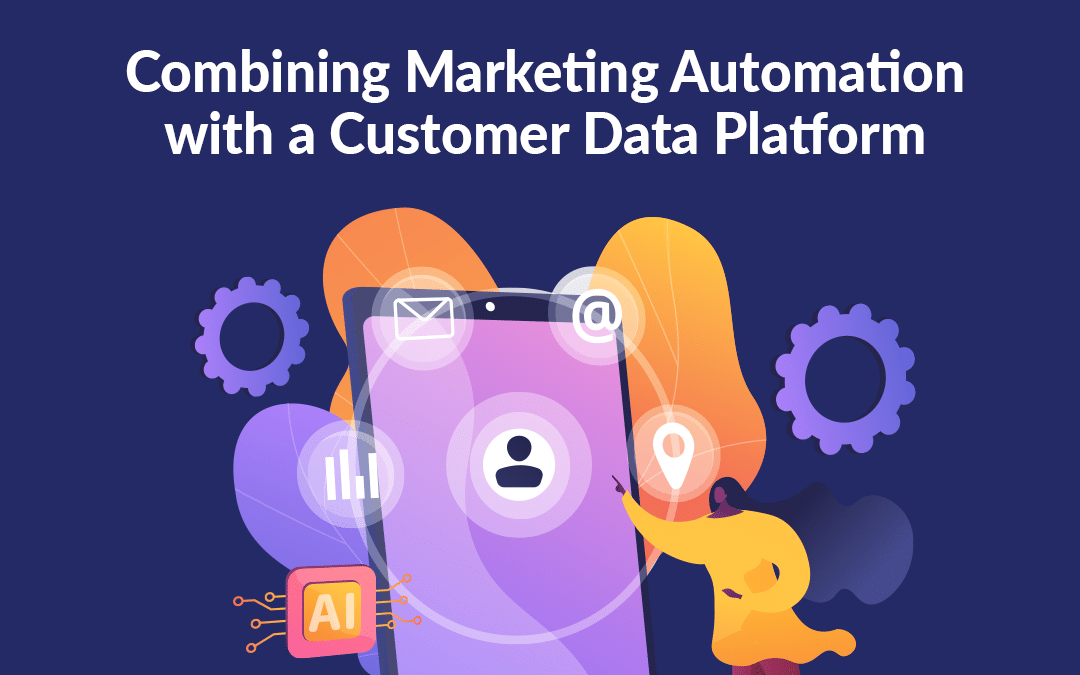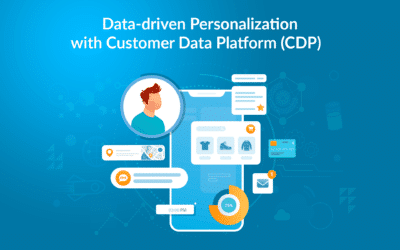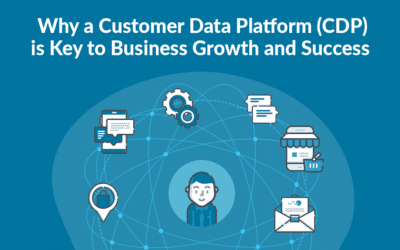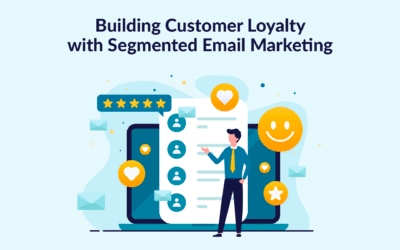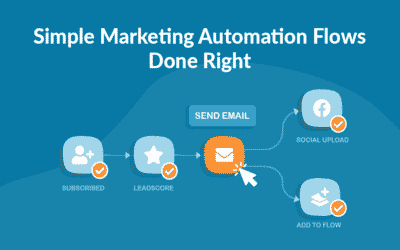Two of the hottest buzzwords at the moment are Marketing Automation and Customer Data Platform (CDP). So, combining these two platforms should be a no brainer.
When it comes to customer service excellence, meeting and exceeding customers’ expectations is the backbone to the success of any business. For marketers, it can be said that without building relationships you cannot build a business.
So, let us take a look at why combining Marketing Automation and a Customer Data Platform (CDP) is so important.
Firstly, What Is a Customer Data Platform (CDP)?
A Customer Data Platform (CDP) is where data is collated to create a customer database. The data is obtained from various channels and merged into a single unified profile view. As a result, making the data accessible to all marketing systems.
Simply put, the efficient handling of data is the foundation for effective marketing automation. Therefore, making efficient marketing automation one of the most effective ways to focus on customer service, while feeding the sales funnel.
Getting The Best Out of a Customer Data Platform (CDP)
One of the most overlooked areas is the cleaning up of data. Thus, ensuring you have a customer profile that is essential to drive growth. By understanding the customer’s journey, you are able to provide a more personalized experience.
A webshop for example; contains personal customer data and historical order data. A webshop can receive a combination of orders, via an application or by phone. Because of this, the collating of data can become complicated.
The data from phone sales will end up in the company’s financial system. Whereas, the actual data of the orders may end up in the backend of the application. As a result, combining this information becomes a necessity.
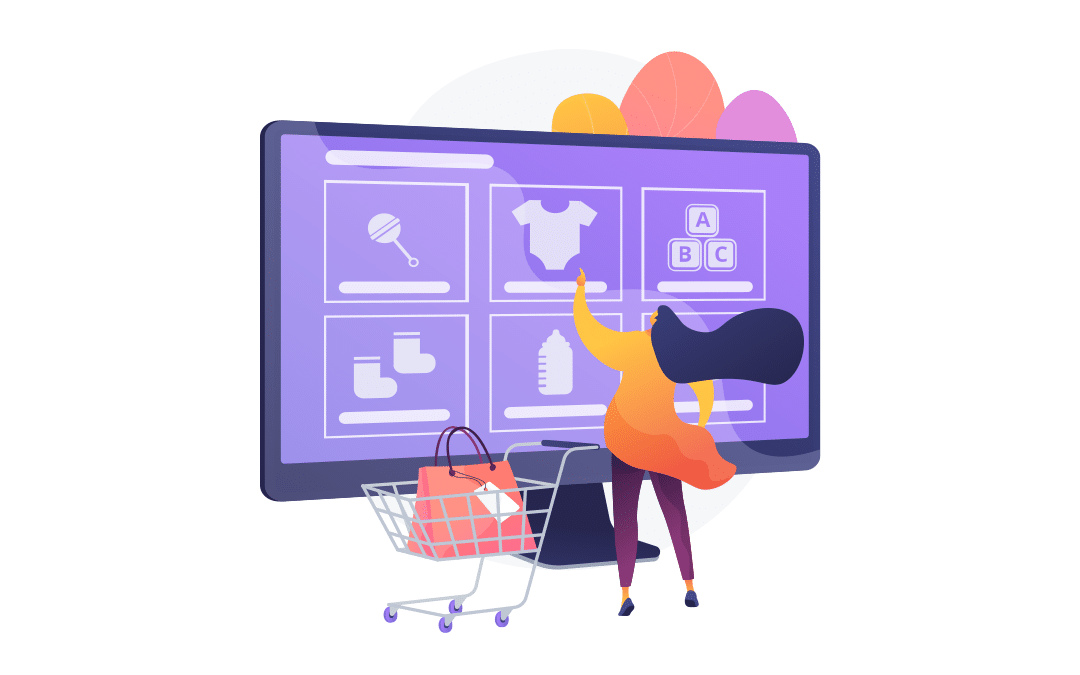
The Combining of Data and Sources
Data from multiple sources is complicated for a marketing automation platform to handle. So, this is where a Customer Data Platform (CDP) comes in.
As an example, let us look at a car dealership. Data can be collected from four different sources; the purchase, aftermarket sales, service department and personal data of the customer.
It is precisely the flexibility of being able to handle many data sources and data models that is at the heart of a flexible and well-functioning Customer Data Platform (CDP).
The Value Is in The Targeting
Without targeting, there is no value in a Customer Data Platform (CDP). Nor, in a Marketing Automation platform for that matter. So, targeting, commonly known as segmentation, makes it possible to engage with your customers in real time.
Let us apply this in our car dealership example:
- A customer purchases a new vehicle.
- Three weeks after the purchase, the customer receives a text message from the dealership. The message here is to see if the customer has settled into the new vehicle.
- Three months after the purchase, the aftermarket sales department follows up with optional equipment that can be retrofitted to the car. The customer chooses to accept this by responding to the email. Because the message is merged intelligently, it goes straight back to the dealership’s inbox. Therefore, the customer experiences real dialogue and trustworthy communication with the dealership.
- One year after the purchase, the service department would now like to see the customer, for the vehicle’s annual service. In this instance, the segment looks at when the car was purchased. It will also look to see if a date has already been scheduled for a service.
Here, the customer journey commenced, sending three customized messages that merge data about the customer’s vehicle. Through targeted communication, the company ensures that they retain the attention of the customer. This, all made possible by purified data in a Customer Data Platform (CDP).
Getting Started
Basically, getting started requires data and a willingness to bring about change to your business. Just as important, it is to have a strong focus on the customer journey. Because without customers there is no journey.
It may seem unmanageable to have to integrate data from so many different sources. And it can easily become very complicated. However, if you have done your ground work, envisioned the entire customer journey and chosen how best to use the data then the difficult part is behind you.
Now, it is time to combine the platforms and let the automations do the work for you. By doing so, you will place yourself at the forefront of your market niche. Reaching your target audience on the right platform, with the right message at the right time.
Finally, being viewed as a true market leader!
This blog post has also appeared in a MarketingPlatform Newsletter.
Author: Alex Trajcevski
Try MarketingPlatform for free for 14 days
The trial period is free, completely non-binding and expires after 14 days if you do not wish to continue.
When you sign up, you will also receive our educational flow via a series of emails along with our newsletter with regular updates.

